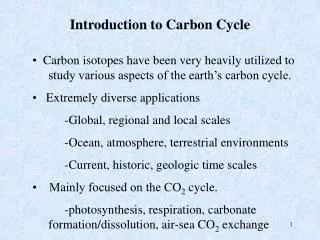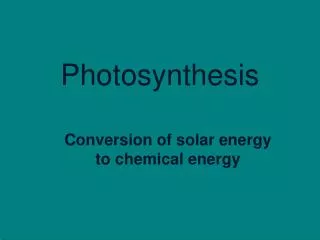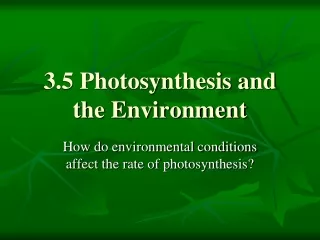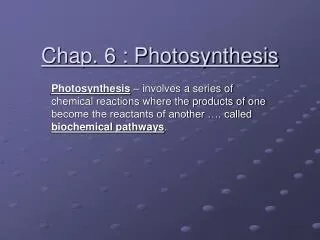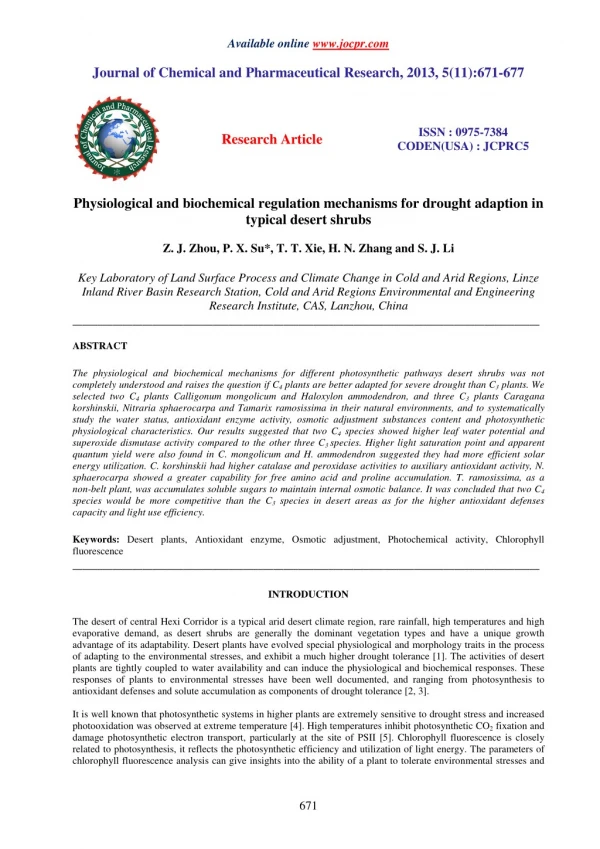Physiological and biochemical regulation mechanisms for drought adaption in typical desert shrubs
The physiological and biochemical mechanisms for different photosynthetic pathways desert shrubs was not completely understood and raises the question if C4 plants are better adapted for severe drought than C3 plants. We selected two C4 plants Calligonum mongolicum and Haloxylon ammodendron, and three C3 plants Caragana korshinskii, Nitraria sphaerocarpa and Tamarix ramosissima in their natural environments, and to systematically study the water status, antioxidant enzyme activity, osmotic adjustment substances content and photosynthetic physiological characteristics. Our results suggested that two C4 species showed higher leaf water potential and superoxide dismutase activity compared to the other three C3 species. Higher light saturation point and apparent quantum yield were also found in C. mongolicum and H. ammodendron suggested they had more efficient solar energy utilization. C. korshinskii had higher catalase and peroxidase activities to auxiliary antioxidant activity, N. sphaerocarpa showed a greater capability for free amino acid and proline accumulation. T. ramosissima, as a non-belt plant, was accumulates soluble sugars to maintain internal osmotic balance. It was concluded that two C4 species would be more competitive than the C3 species in desert areas as for the higher antioxidant defenses capacity and light use efficiency.
★
★
★
★
★
95 views • 7 slides


